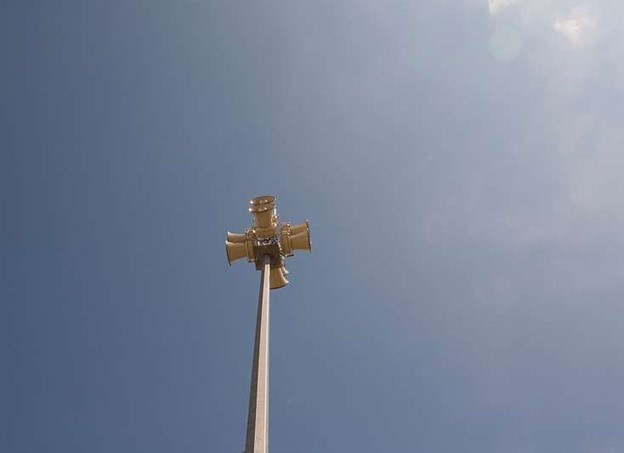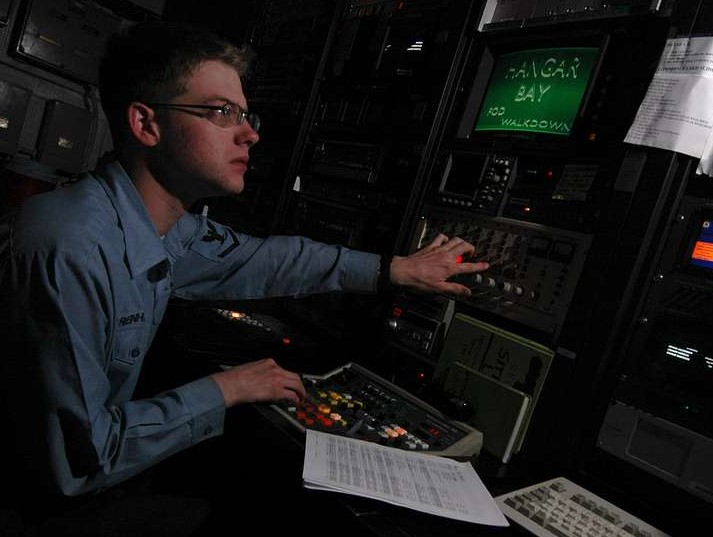The entire world went through the horror of COVID-19 and its aftermath. Some have more stories to tell than others because of losing a loved one or neighbor. The same is true of 9/11 when the world watched in horror as people needlessly lost their lives.
Quick response in times of emergency can mitigate a lot of issues. Emergency notification systems are much better today than they used to be due to huge technological advancements. Every establishment needs emergency mass communication systems, especially in the hospitality or medical sector. It is about having these systems and ensuring the best is available to ease communication between employees, employers, and other people in an emergency.
Emergency Mass Communication System: What It Is
It is a system that quickly disseminates alerts or messages in an emergency. It simultaneously uses various communication channels to reach a specific group of people, usually first responders, staff of the organization where it is installed, and other parties within its purview. This system is valuable in emergencies and can aid in quickly disseminating information to streamline and arrange daily tasks and duties in an organization.
In other words, it serves several purposes and may be more useful as an office communication channel for aligning tasks. Emergencies are uncommon, and while we set measures to preserve lives and properties, communication channels may be more helpful for daily usage.
Why Are Emergency Mass Communication Systems Important?
These systems are one way to keep people out of harm’s way. If an organization installs one or more of them, alerting the staff of danger or an emergency is much easier than using other communication methods. Fortunately, companies are becoming more aware of their importance and are taking steps to ensure proper usage.
1. Quick Notification of First Responders
One of the causes of emergencies is a lack of quick response from the necessary quarters. A fast response can prevent further damage and stop chaos in an emergency. A mass notification system alerts people in a building or area of an emergency and also informs the appropriate authorities of the problem.
The quicker the information gets to the authorities, the less damage there will be. Click here to learn more about first responders.
How does such a system work? It works in various ways, including pop-up alert messages on devices and computers. It can send an urgent alert to the top of the queue, indicating its urgency, whether the device’s screen is active or locked. The system can also send messages on various platforms where the people concerned meet, so everyone is collectively and automatically alerted.
Sometimes, it sends messages repeatedly to the same people; other times, it sends alerts to the management staff so they can organize a response or a quick evacuation where necessary. Many organizations and government bodies have averted danger and avoided damage by using one or more of these systems.
2. Works for All Emergencies
Some problems are more urgent than others. But when human lives are involved, every emergency is the same. With a mass communication system, all emergencies are covered. The nature of the problem does not matter; the system can handle it.
Anything can happen at any time. Fires, hurricanes, tornadoes, floods, and other disasters may not give warnings. Moreover, we can never prepare enough for most disasters; they still cause unimaginable damage and loss. However, the damage and loss can be less with early notification than without it.
That is part of the importance of the emergency mass communication system. Every company, large building, and organization should consider having one to prevent untold loss in a disaster. This resource: https://safetyculture.com/ explains how to respond in an emergency.
3. Has a Vast Reach
One of the advantages of using this type of system in the workplace is its broad reach and efficiency. Such a system can communicate with any device as long as it works. The devices do not all have to be online to receive alerts or messages; the system can send text messages and other alerts that do not require a network connection.
It uses every avenue available to send a message to notify anyone concerned about an emergency to help them get ahead of the problem. You can make it work for you, whether you have a pager, computer, phone, smartwatch, or a home phone.
4. Allows for a Central Command Center
If you have ever been in an emergency where everyone panics and tries to get ahead of the next person to safety, you will understand how chaotic it can be. It happens even when it is only a drill or false alarm. In a real emergency, having some semblance of control and order is crucial because it brings safety to everyone.
Chaos can do more harm than good as people can cause more damage to get to safety. Therefore, a mass notification system can offer a central command center to direct all involved parties to crucial steps to keep them safe and orderly.
It is vital to have one person or a select group of a few people operating the center. It requires special training and nerves of steel to remain calm in chaos, especially when there is a real danger on the way. However, it helps keep a level head and work the system to help others.
Working with an Emergency Mass Communication System
As advanced as some of these systems are, there is a need to train staff and test the system to ensure it works. Staff must know how to use it, so simulations and drills are crucial. Everyone handling the system must know how to operate it, especially in a tense or high-risk situation.
As mentioned, it requires having a cool head, steel nerves, and steady hands. That way, you significantly narrow the error margin, keeping others safe. Have a training and testing schedule using the resources from the manufacturer or seller to ensure everyone is on the same page. You can find here a resource explaining the importance of readiness in emergencies.
Conclusion
Get a mass communication system that will work for a long time and advance as you grow. It must work to ensure safety but must be easy to navigate. Map out your organization’s needs to mitigate loss and damage during emergencies and install a system that surpasses them. Additionally, having multiple options is ideal to allow for expansion in the future.



